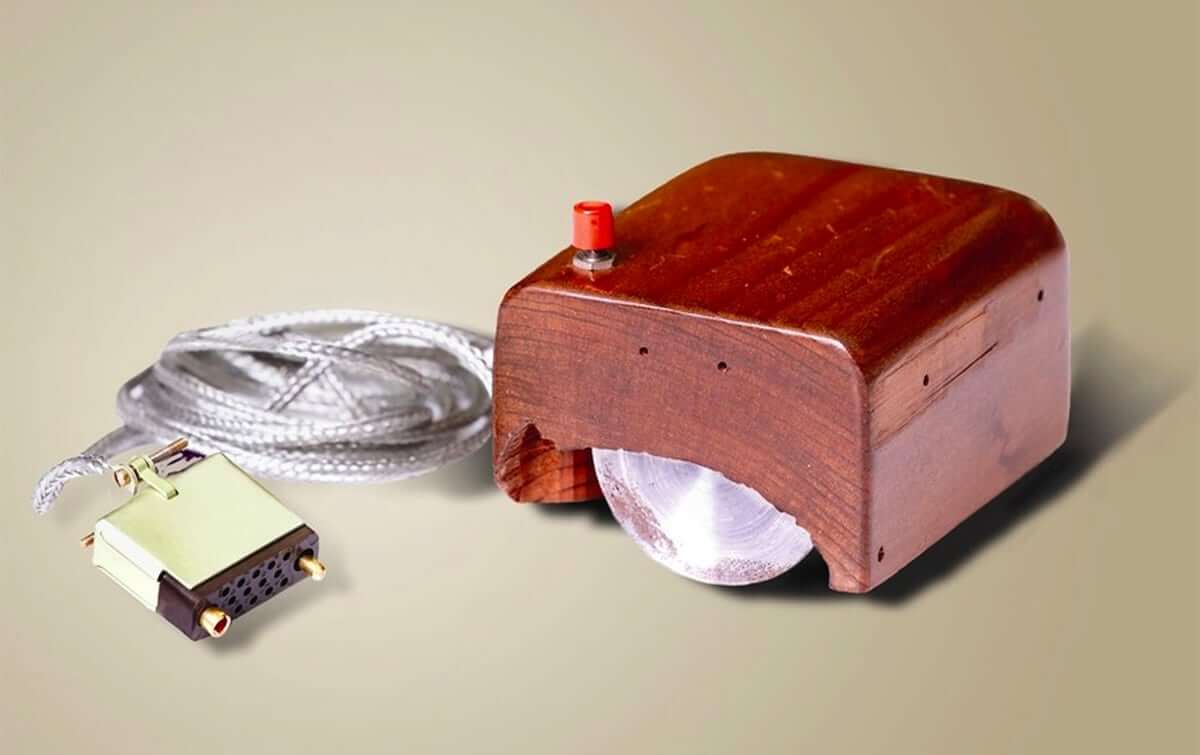Here's the story behind it

The first computer mouse was invented in the early 1960s by Douglas Engelbart during his time at the Stanford Research Institute in Menlo Park, California. Engelbart, often described as a visionary, was ahead of his time in an era (1950s and '60s) when a single computer could fill an entire room.
Early prototypes of the mouse featured a rectangular wooden shell with two metal wheels inside – one for the X axis and one for the Y axis. The device had just one button, located in the top corner. Originally designed to work with the Xerox Alto computer system, it was officially called the "X-Y Position Indicator for a Display System." Later on, Engelbart himself coined the term "mouse" due to the device's shape and the cord resembling a tail.
Engelbart himself coined the term "mouse" due to the device's shape and the cord resembling a tail.
As you can imagine, a device of this nature was well ahead of its time but perhaps nobody ultimately realized that more than Engelbart himself.
Engelbart envisioned a future where computers would be used to augment human intelligence, and the mouse was a key part of that vision. However, the device didn't become commercially viable until the release of Apple's Macintosh in 1984, which popularized the use of graphical user interfaces and pointing devices.
By 1987, the patent on Engelbart's mouse had expired, placing it in the public domain. This meant that Engelbart and his colleagues were unable to collect royalties on the device, even as it became an essential tool in computing. Since then, well over a billion mice have been sold, making it one of the most ubiquitous input devices in history.